Fishing Tips for High Water in Spring Flood Season
Spring’s arrival brings with it the promise of warmer weather, longer days, and renewed life in our waterways. For anglers, it also presents one of the year’s most challenging yet potentially rewarding fishing periods: the spring flood season. Swollen rivers, murky waters, and altered habitats can frustrate even experienced fishermen, but understanding how to adapt to these high-water conditions can lead to exceptional catches. This comprehensive guide will equip you with practical strategies, safety considerations, and technical insights to not just survive but thrive during spring’s high-water fishing opportunities.
Understanding Spring Flood Dynamics
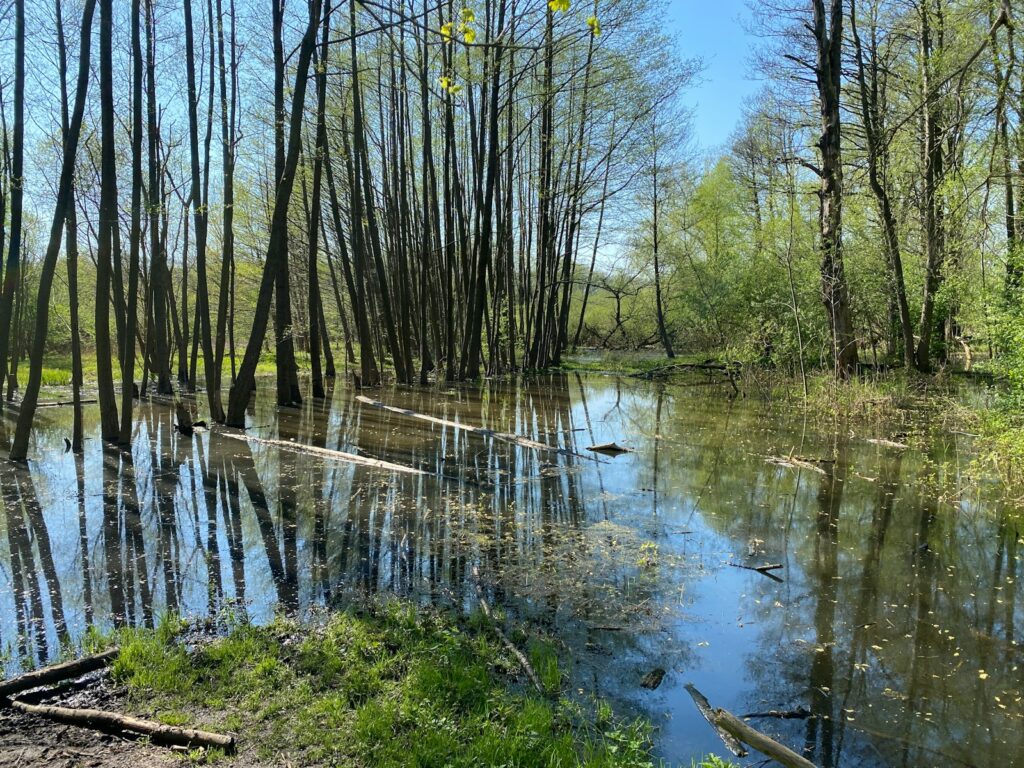
Spring floods fundamentally transform familiar waterways through a combination of snowmelt, seasonal rains, and watershed runoff. These natural processes dramatically increase water volume, velocity, and turbidity while simultaneously lowering water temperatures and altering dissolved oxygen levels. Fish respond to these changing conditions by seeking new holding areas, often relocating to slower current seams, flooded shorelines, or behind current breaks. Understanding these ecological shifts provides the foundation for successful high-water fishing strategies. Recognizing that fish aren’t simply “gone” but rather relocated to more advantageous positions within the new water conditions is the first step toward consistent success during flood season.
Safety First: Evaluating Water Conditions
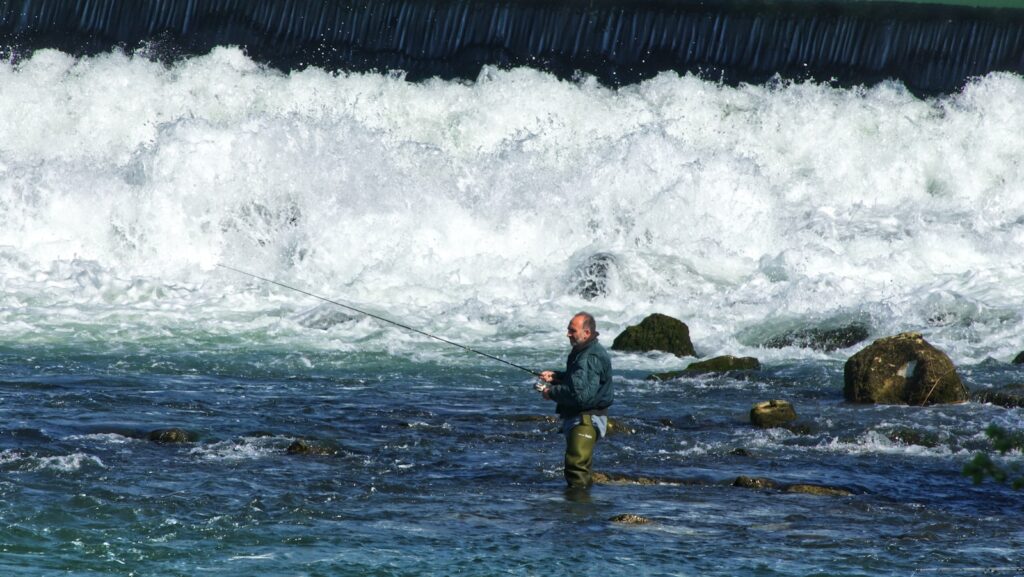
Before casting a single line during flood season, anglers must prioritize safety through careful assessment of water conditions. Rapidly rising water levels can create dangerous situations with submerged obstacles, unstable banks, and powerful currents that can quickly overwhelm even strong swimmers. Establish personal limits based on water clarity, current speed, and depth, using visual indicators like floating debris or water color as guides. Always wear a properly fitted personal flotation device when fishing from boats or wading, and consider using a wading staff for additional stability. Share your fishing plans with someone not in your party, including expected locations and return times, establishing a clear check-in procedure that ensures someone will respond if you encounter trouble.
Essential Gear Modifications for High Water

High-water conditions demand specialized equipment adaptations to maintain fishing effectiveness and safety. Upgrade to heavier tippet and leader materials that can withstand increased current pressure and potential contact with submerged debris. Consider switching to brightly colored line that’s easier to track in turbid water, allowing better strike detection and line management. Polarized sunglasses become even more crucial during flood conditions, helping penetrate surface glare to identify submerged structure and potential holding areas. Add stabilization accessories like wading staffs, studded boots, or boot chains to maintain secure footing on slippery river bottoms. Finally, pack emergency supplies including a change of clothes in waterproof containers, a whistle for emergency signaling, and a compact first aid kit to address minor injuries on the water.
Targeting the Edges: Finding Fishable Water
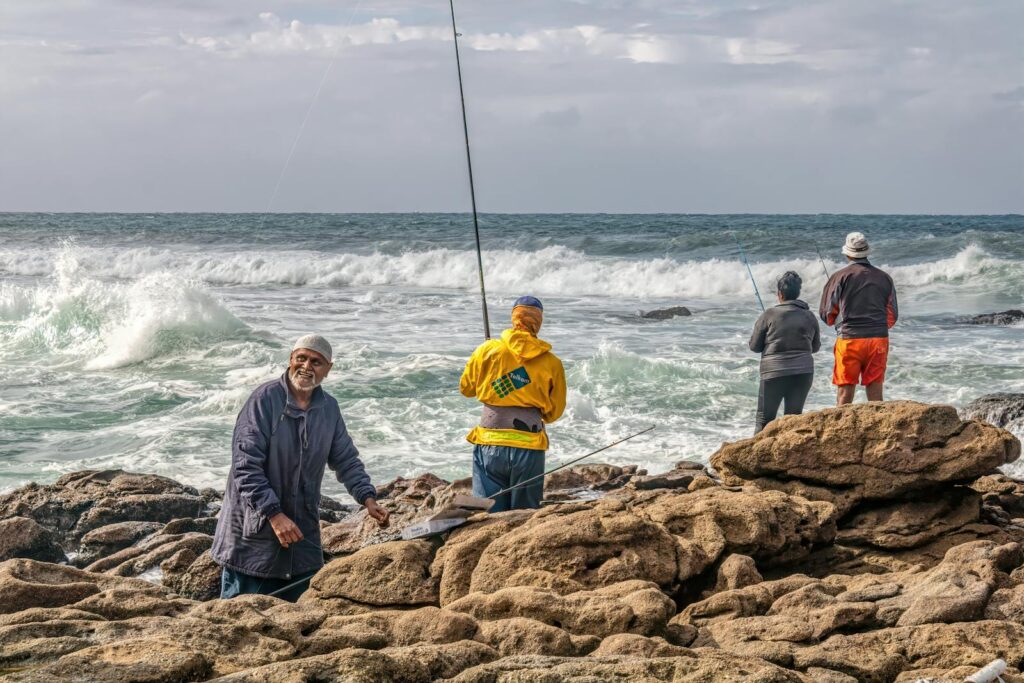
During flood conditions, productive fishing often happens along the margins where fast water meets slower water. Fish naturally seek these boundary areas to minimize energy expenditure while maintaining access to food sources carried by the current. Focus your efforts on inside bends, behind large boulders or fallen trees, near bridge abutments, and along flooded shorelines where velocity decreases significantly. These edge environments create natural feeding lanes where predatory fish can hold in reduced current while ambushing prey items disoriented by the surging water. The most productive spots often feature a clear current seam—a visible line where fast water meets slower water—creating perfect holding positions for energy-conscious fish.
Adjusting Presentation Techniques
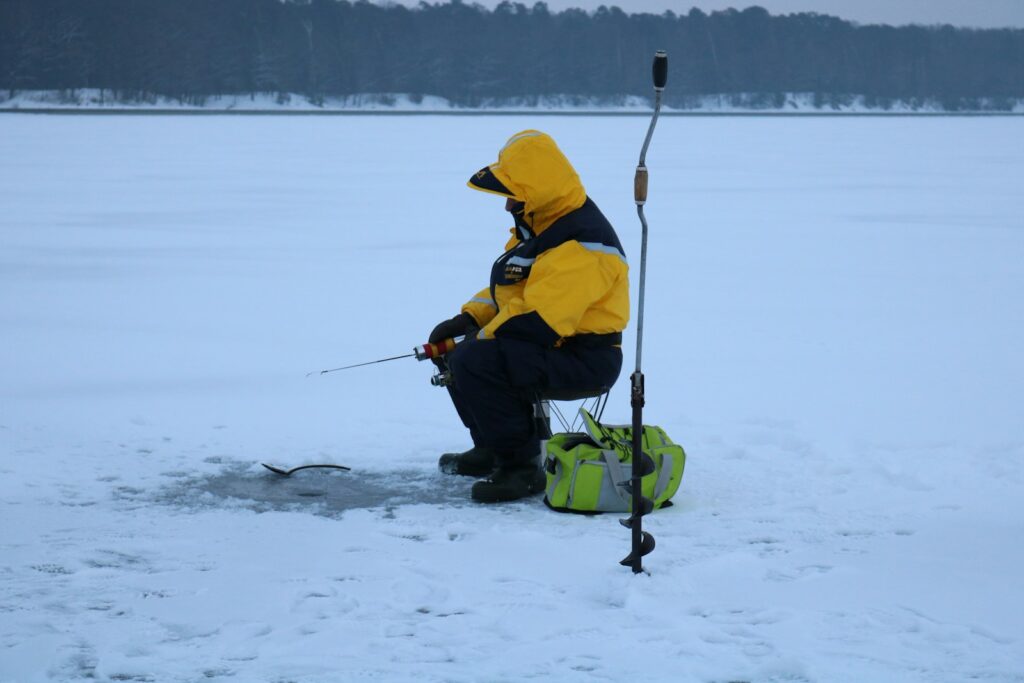
Successful high-water fishing requires fundamental adjustments to presentation techniques that account for changed water conditions. Cast upstream at steeper angles to allow your lure or bait to reach proper depth before entering target zones, compensating for faster currents. Use heavier weights or weighted flies to maintain contact with the bottom where many species hold during floods, adjusting as needed based on water depth and speed. Slow your retrieval rate in turbid conditions, giving fish more opportunity to locate and strike your offering in water where visibility is limited. Incorporate more tactile elements into your presentation, including additional vibration, larger profiles, or scent enhancers that help fish locate your bait through non-visual senses when visibility is compromised.
Lure and Bait Selection for Murky Waters
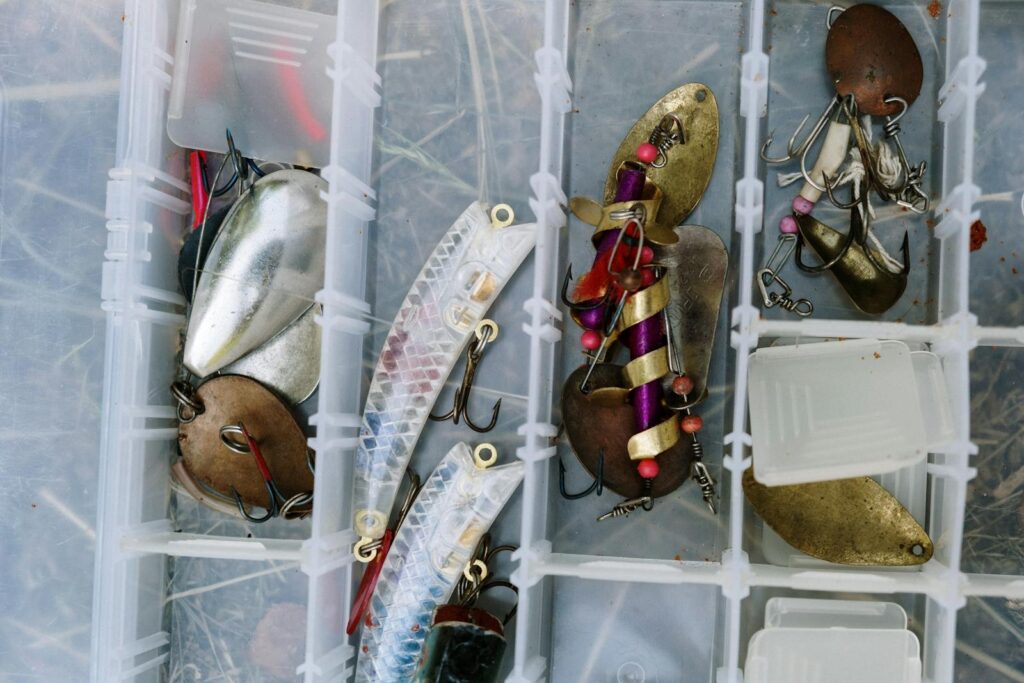
Turbid flood waters significantly impair fish visibility, necessitating strategic lure and bait choices that appeal to non-visual senses. Opt for larger profile lures that displace more water and create stronger vibration signatures that fish can detect through their lateral lines. Bright, high-contrast colors like chartreuse, orange, and white become especially effective in stained water, standing out against muddy backgrounds even in limited visibility. Scented baits and attractants gain tremendous importance during floods, adding chemical signals that fish can detect even when they can’t see your offering. Consider noisy presentations including rattling crankbaits, bladed jigs, or spinner baits that broadcast their location through water displacement and vibration, allowing fish to home in on your lure despite poor visibility conditions.
Finding Clear Water Pockets
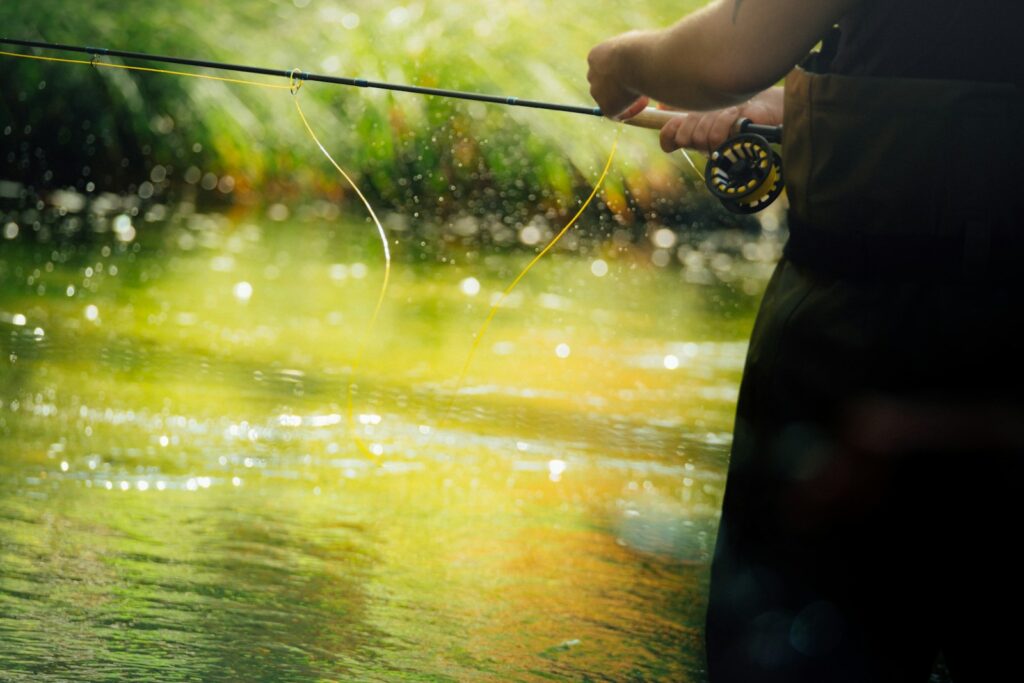
Even during major flood events, certain areas maintain relatively clearer water that can concentrate fish activity. Tributary confluences often create clarity transitions where smaller streams enter the main river, sometimes forming defined color changes that attract feeding fish. Backwater areas, especially those protected from the main current, frequently maintain better visibility than the main channel, creating fish refuges during peak flows. Man-made structures like dams, locks, and spillways can create pockets of clearer water, particularly on their downstream sides where sediment settles out. When discovered, these clear water sanctuaries deserve extended fishing attention as they often hold disproportionate numbers of active fish seeking reprieve from the challenging main current.
Timing Your Fishing During Flood Cycles
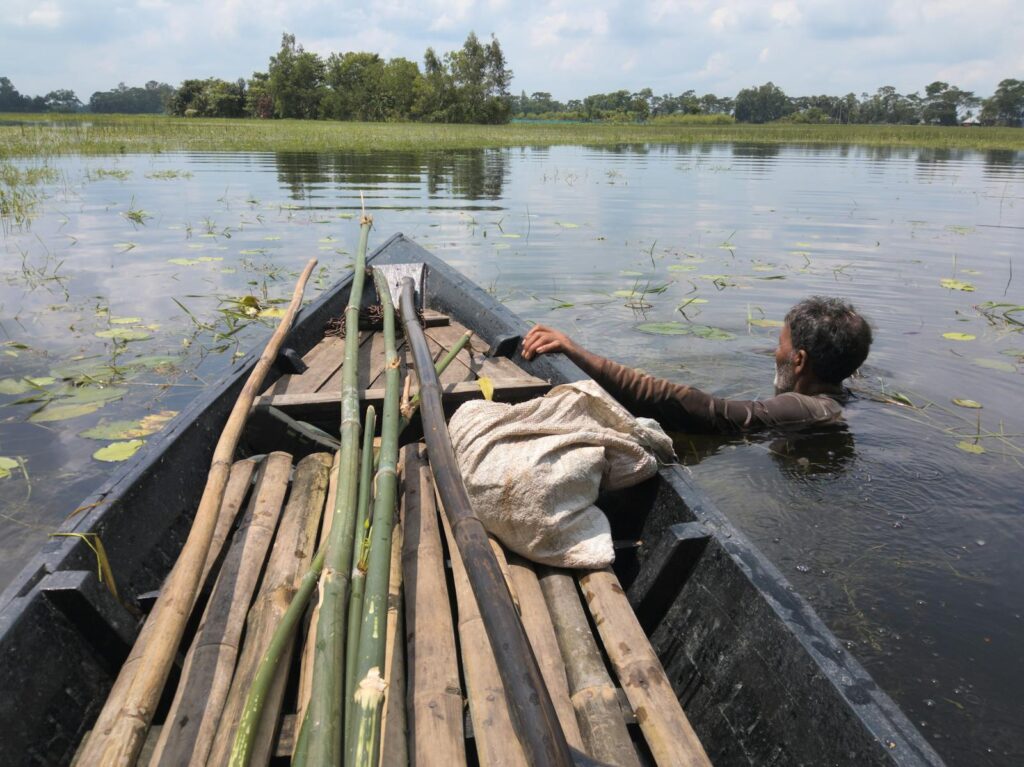
Strategic timing within the flood cycle can dramatically influence fishing success during high-water periods. The initial rising water stage typically triggers aggressive feeding activity as fish anticipate the influx of food resources washed into the system. As waters peak and stabilize at their highest levels, fishing often becomes more challenging, requiring more precise presentations and location identification. The gradual falling stage, however, frequently produces some of the season’s best fishing as water levels drop and concentrate both fish and their food sources into more defined areas. Water temperature trends during floods also influence activity levels, with slight warming trends often triggering more aggressive feeding even during otherwise challenging conditions.
Species-Specific High Water Strategies
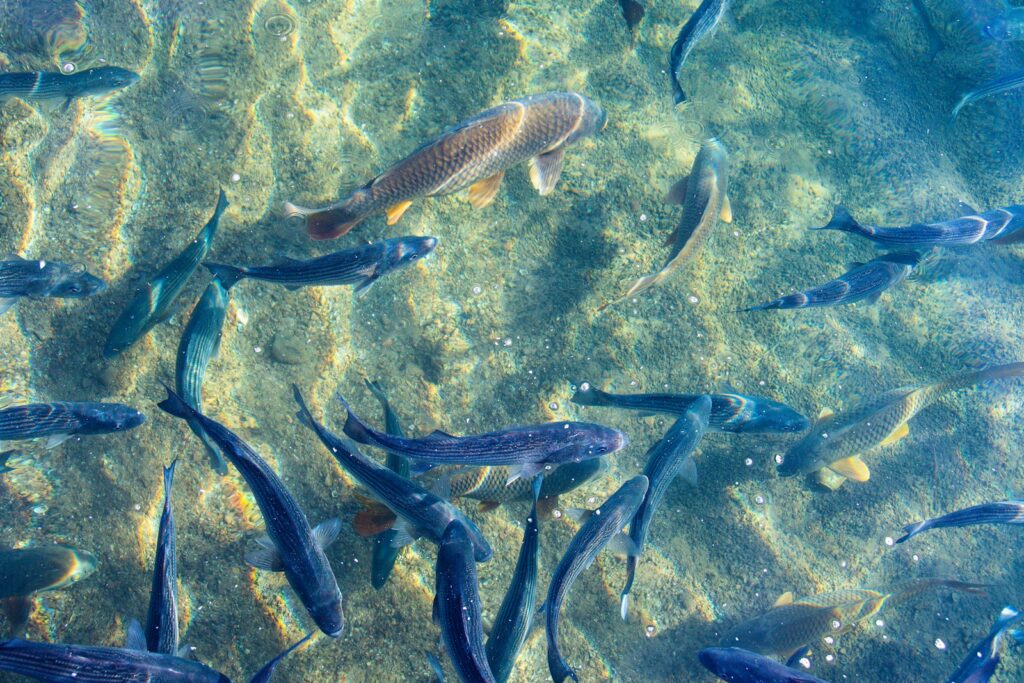
Different fish species respond uniquely to flood conditions, requiring tailored approaches for consistent success. Bass often relocate to flooded shoreline cover including submerged bushes, trees, and newly inundated structure, making slow-rolled spinnerbaits and heavily weighted soft plastics particularly effective presentations. Trout frequently move to river margins and back eddies during floods, where drifted egg patterns, large nymphs, and streamers can trigger reactionary strikes even in challenging visibility. Catfish become especially active during high water periods, often moving into flooded fields and shorelines where cut bait presentations excel at triggering their powerful scent-oriented feeding response. Crappie and panfish typically seek flooded brush piles and timber stands during rising water, where suspended presentations at varying depths can locate schools concentrated in these newly available habitats.
Reading High Water Current Seams
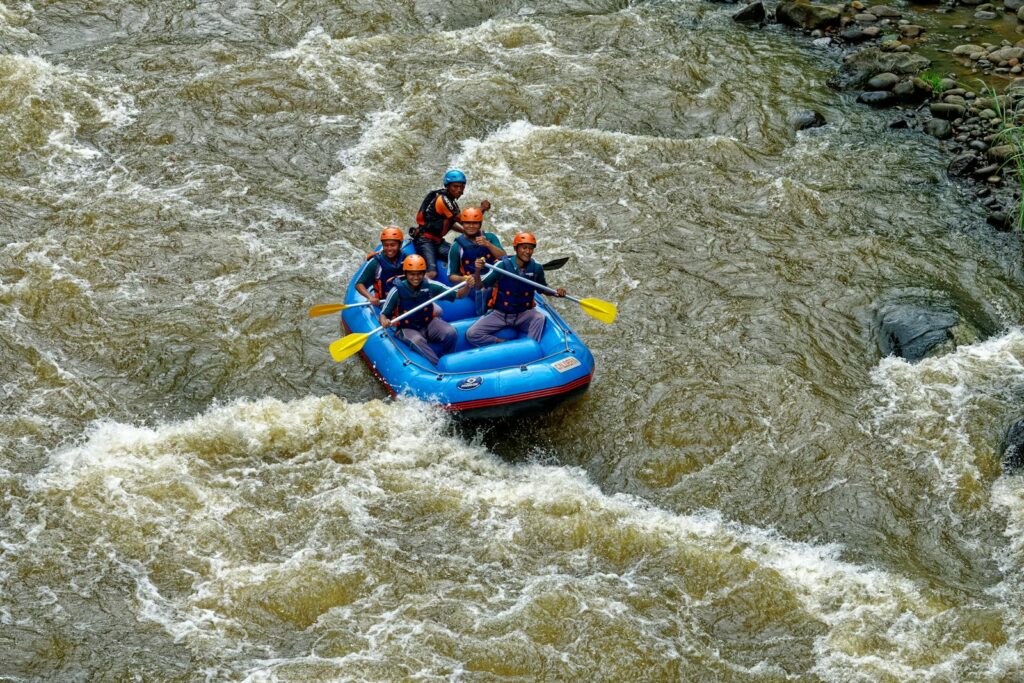
Successful flood-season anglers develop the ability to read subtle current indicators that reveal fish-holding structures. Surface boils, compression lines, and changes in water texture often indicate submerged objects creating current breaks where fish hold. Floating debris can demonstrate current speed and direction, helping identify slower areas where predatory fish station themselves with minimal energy expenditure. Color transitions in the water frequently signal depth changes or submerged structure that concentrate fish activity during high flows. Spend time observing these hydraulic features before casting, mentally mapping the underwater topography based on surface indicators to precisely target the most promising holding areas where fish leverage current dynamics to their advantage.
Boat Fishing Adaptations for Flood Conditions
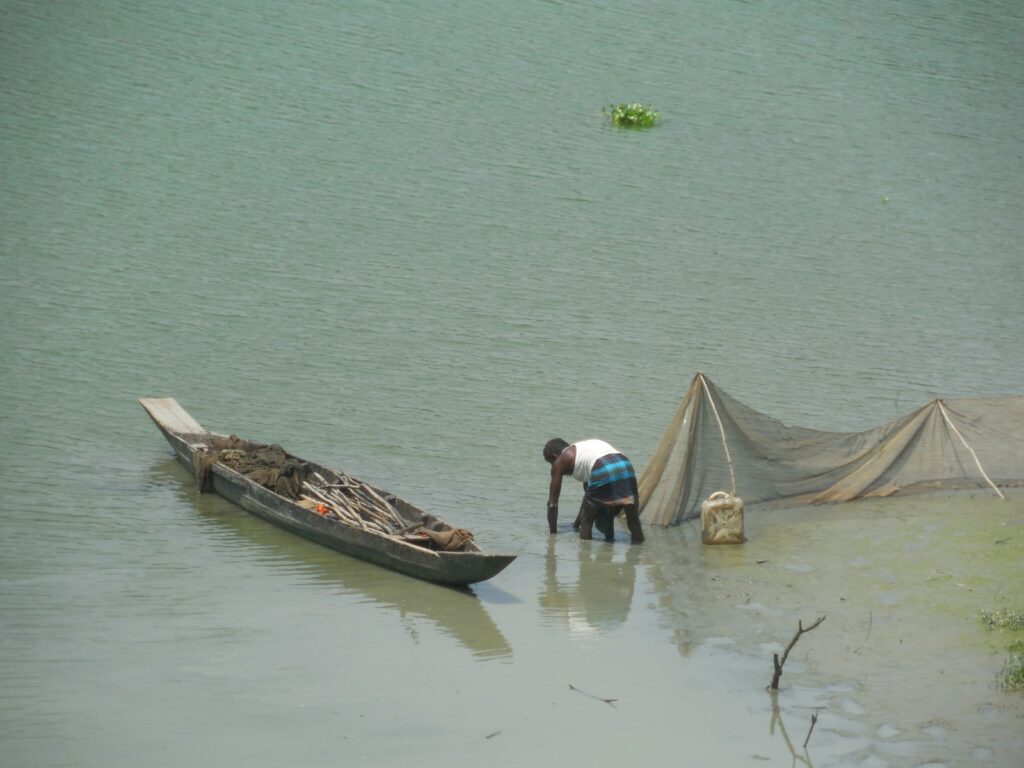
Boat anglers face unique challenges during flood conditions that require specific adaptations for safety and effectiveness. Upgrade to more powerful anchor systems capable of holding position in stronger currents, potentially including dual anchors for particularly challenging situations. Adjust trolling motor usage to conserve battery power, recognizing that fighting stronger currents dramatically increases power consumption. Maintain heightened awareness of floating debris that can damage boats or motors, assigning a dedicated lookout when navigating particularly debris-laden waters. Exercise special caution around dams, bridges, and other structures where currents can create dangerous hydraulics capable of trapping or capsizing vessels regardless of their size or power.
Bank Fishing Opportunities During Floods
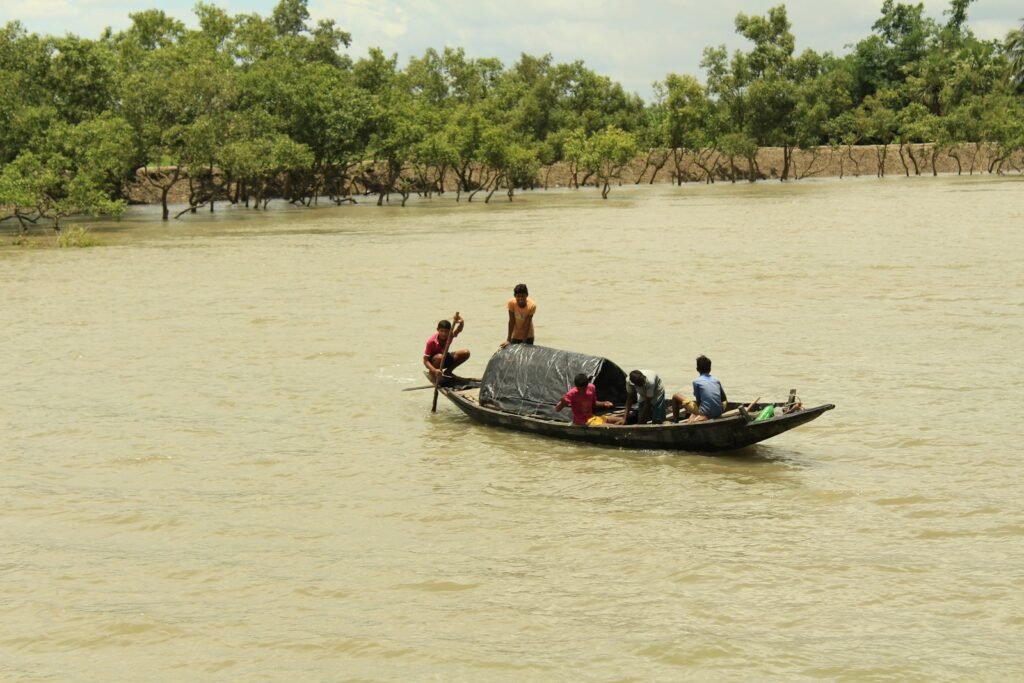
High water periods often create excellent bank fishing opportunities as rising waters push fish closer to accessible shorelines. Focus on newly flooded areas where terrestrial insects, worms, and other food sources become available to opportunistic feeders. Identify points and protrusions that create current breaks, creating natural feeding stations where predatory fish wait for meals to be delivered by the current. Urban flood control structures including concrete channels, drainage outlets, and water control features frequently concentrate fish during high flows, offering bank anglers high-percentage targets. Remember that recently submerged banks may be unstable or undercut by erosion, so maintain safe distances from steep shorelines and be cautious of slippery surfaces when positioning yourself for the perfect cast.
Post-Flood Transition Strategies
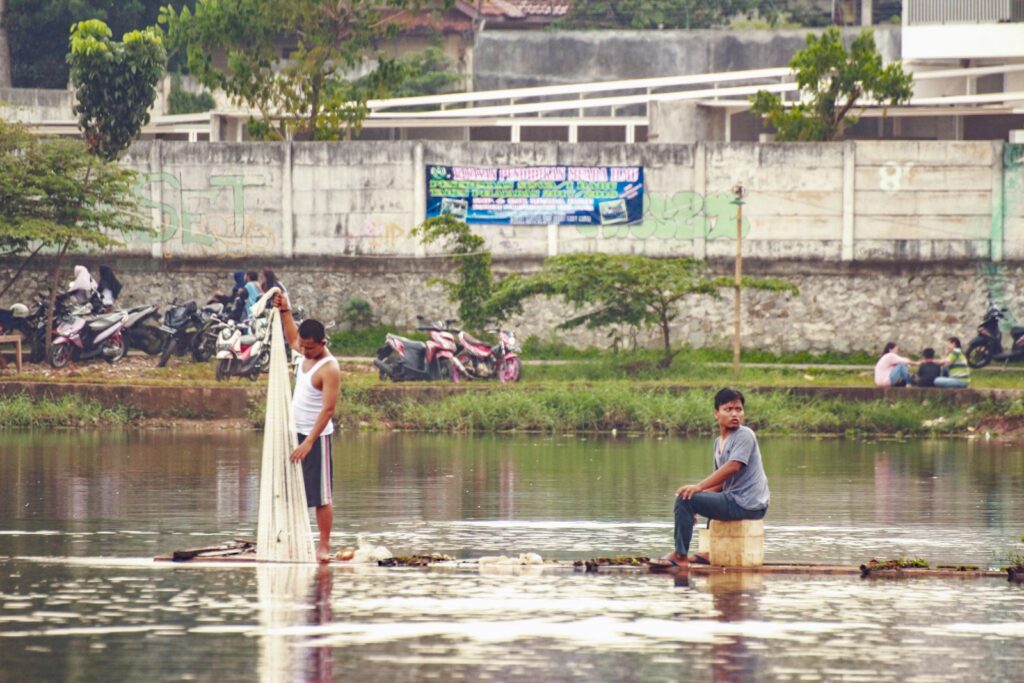
As flood waters recede, anglers face a critical transition period that often produces spectacular fishing for those who understand the changing dynamics. Focus on pinch points and natural funnels where falling water concentrates both fish and their food sources into confined areas with increased competition for resources. Target emerging structure that was previously too deep during peak flood levels, especially mid-river humps and bars that collect food as waters drop. Pay special attention to freshly exposed shorelines where predatory fish patrol for stranded baitfish and other organisms caught in shrinking pools and depressions. Recognize that post-flood fishing success often requires daily adjustments as rapidly changing water levels continuously redefine productive areas and effective presentations.
## Conclusion
Spring flood season represents both challenge and opportunity for dedicated anglers. By understanding how rising waters transform aquatic environments, adapting your approach to changing conditions, and maintaining a strong safety focus, you can experience some of the year’s most productive fishing. The keys to success lie in reading water dynamics, adjusting presentations for reduced visibility, and finding those edge environments where fish concentrate during high flows. Rather than avoiding these conditions, embrace them with proper preparation and techniques. The anglers who master high-water fishing often find themselves enjoying remarkable catches while others stay home waiting for “better” conditions—proving once again that in fishing, as in life, challenges often conceal the greatest rewards.


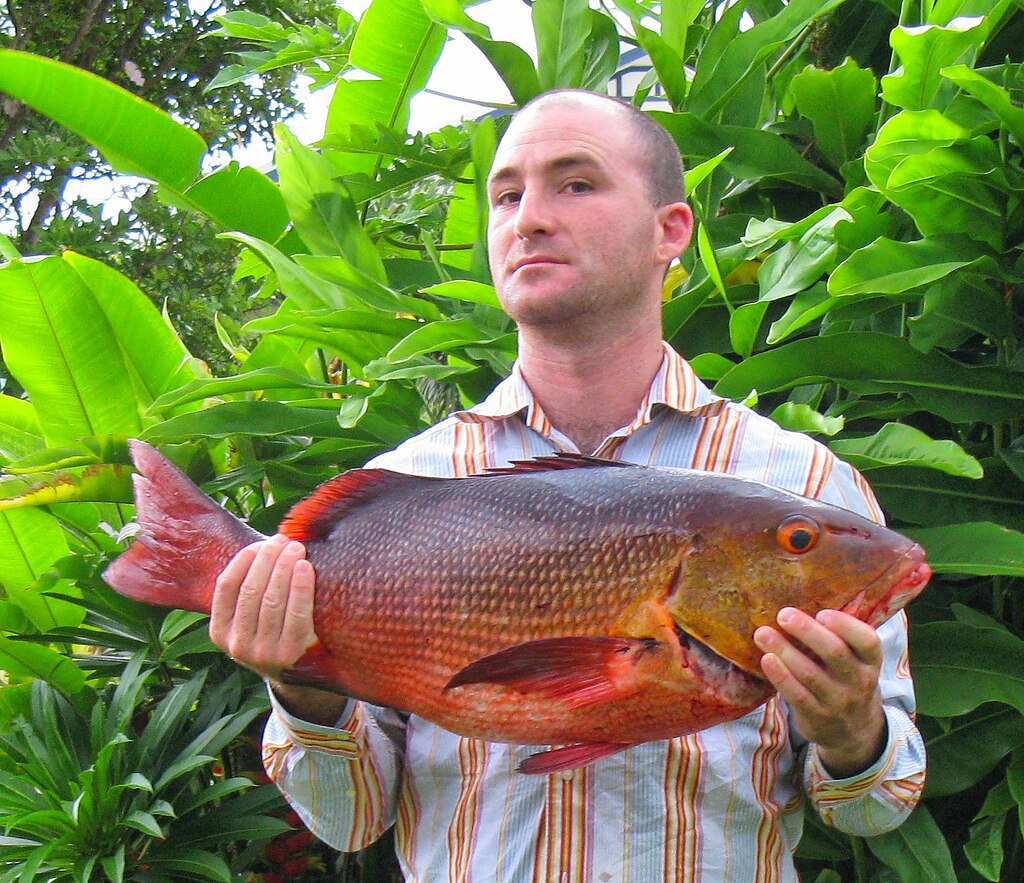











Post Comment